Lameness

At Oakencroft we know that all horses, from pasture pets to top-level athletes, are at risk for lameness and we’re proud of our reputation as a “go to” practice for treating equine lameness.
We’ve earned that reputation over decades by carefully cultivating a team of veterinary lameness experts, developing a suite of cutting edge diagnostic tools, and nurturing a close network of farriers and board-certified surgeons.
All of that work means that at first sign of lameness the team at Oakencroft is able to effectively diagnose, treat, and plan ongoing follow-up care to get your horse back to sound condition as quickly as possible.
More Information:
-
A detailed lameness exam starts with a complete history of the horse’s activity and then usually continues with multiple physical exams, diagnostic imaging, and medical nerve blocks.
Once the source of the lameness has been identified Oakencroft’s expert lameness veterinarians target the issue with a customized course of therapy to get your horse sound again.
-
IRAP and PRP are both shorthand names for advanced therapies that involve amplifying your horse’s natural healing abilities. The veterinary team at Oakencroft is trained and equipped to bring these cutting edge techniques to your horse.
IRAP Interleukin-1 Receptor Antagonist Protein (IRAP) is a protein that is found naturally within the horse.
PRP Platelet-rich Protein is a blood-based treatment used to aid in the healing of soft tissue injuries such as tendinitis, desmitis (ligament damage), bony lesions, or muscular damage.
-
Extracorporeal shockwave therapy is used to treat pain and inflammation in horses. High energy acoustic waves are introduced to the tissues at varying frequencies to stimulate cell growth, reduce nerve pain transmission, and increase swelling drainage. This method is used commonly for soft tissue injuries, back pain, foot pain, and bony lesions.
-
Oakencroft uses stem cells to treat many different conditions including soft tissue lesions, bony lesions, cartilage defects, and laminitis.
There are a number of methods for acquiring stem cells with the two most common being from body fat or bone marrow.
